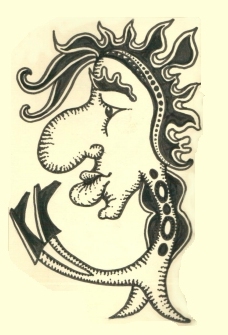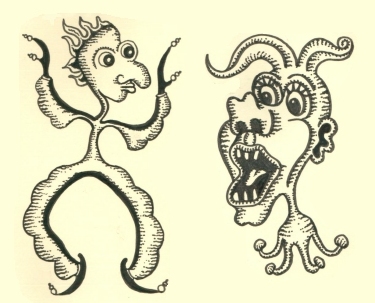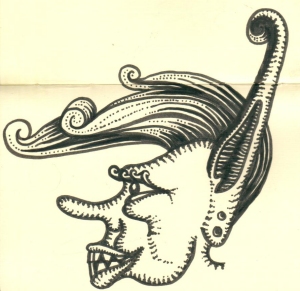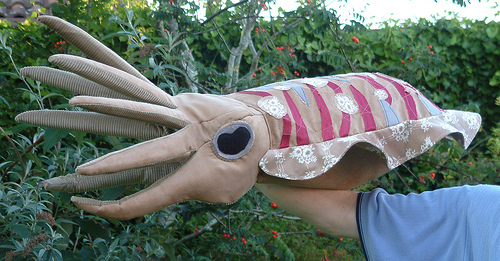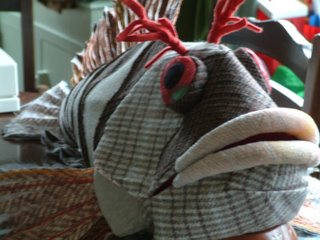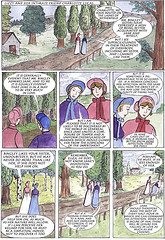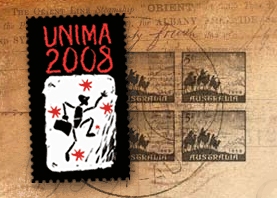
Aha! The new UNIMA 2008 website has been launched, and registrations are open for a wonderful time next April in Perth! Looks like there are going to be some fabulous international puppetry acts, performances from many Australian puppet companies, exhibitions, master classes, carnival day, and an attempt to set a new world record for the largest number of puppets on display in the Million Puppets Project (you can send a puppet, even if you can’t get to Perth). Appropriately, given the festival theme of ‘journeys’, a bunch of intrepid puppet companies are making the journey to Perth overland from the eastern states in the Puppet Caravan road trip, giving performances and workshops along the way.
There are a range of Festival Explorer Packages and if you get in early and book one now, you can take advantage of early registration prices. This exclusive priority booking period ends at midnight Monday Oct 1, Australian Western Standard Time: (GMT+8.00), so go to it!
I’m hoping to go, not certain yet.
Unima 2008
Unima Australia
Spare Parts Puppet Theatre
Million Puppets Project
Million Puppets Project on MySpace
The Puppet Caravan
The Puppet Caravan on MySpace

